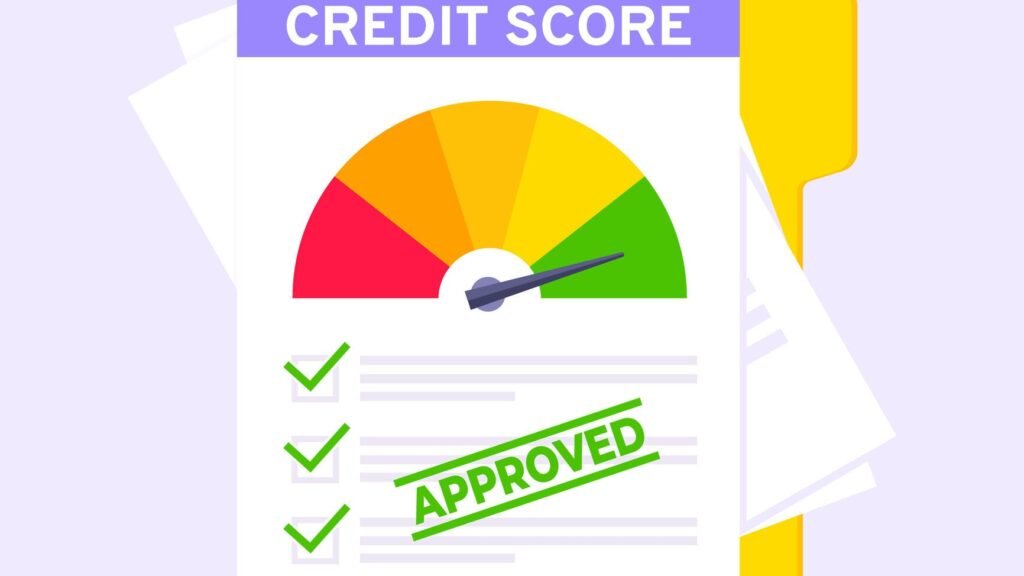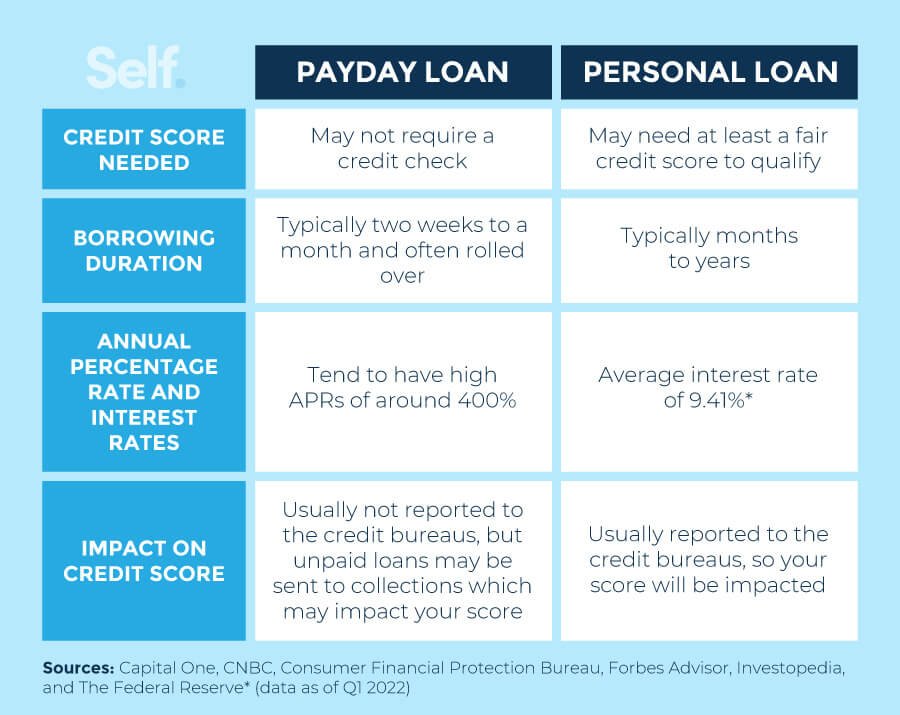
Understanding the Borrowing Process: A Step-by-Step Guide
When it comes to borrowing money, understanding the borrowing process is crucial. It’s important to have a step-by-step guide that can help you navigate through the process smoothly. Here is a breakdown of the key steps involved in borrowing.
Firstly, you need to determine the amount of money you need to borrow. This can be done by assessing your financial needs and considering factors such as the purpose of the loan and how much you can afford to repay. Once you have a clear understanding of the amount you need, the next step is to research and compare different lenders to find the best options available. Look for reputable lenders who offer competitive interest rates and favorable terms and conditions. Once you have identified a few potential lenders, you can move on to the application process. This typically involves filling out an application form and providing necessary documents like proof of income and identification. If your application is approved, the lender will finalize the loan agreement and disburse the funds to you. It’s important to carefully read and understand the terms and conditions of the loan before signing the agreement.
Determining Your Loan Eligibility and Requirements
To secure a loan, it is essential to determine your eligibility and meet the necessary requirements. Lenders assess various factors to determine if an individual qualifies for a loan, such as credit history, income level, and employment stability. Your credit history gives lenders insight into your past borrowing and repayment habits, helping them assess your creditworthiness. A good credit score demonstrates responsible financial behavior and increases your chances of loan approval. Additionally, lenders typically require borrowers to have a steady income and stable employment to ensure the ability to repay the loan. Verifying your income and employment status through pay stubs, bank statements, and employment verification letters may be necessary.
Apart from credit history and income, lenders may have specific requirements that must be met for loan approval. These requirements can vary depending on the type of loan and the lender’s policies and guidelines. For example, some loans may require a minimum down payment, while others may have a maximum loan-to-value ratio. It is crucial to understand these requirements and ensure you meet them before applying for a loan to increase your chances of approval. It is equally important to provide accurate and up-to-date information during the loan application process to avoid any delays or rejections.
Analyzing Different Loan Options: Interest Rates, Terms, and Conditions
When analyzing different loan options, it is essential to consider the interest rates, terms, and conditions. The interest rate is the percentage charged for borrowing the money and can have a significant impact on the total cost of the loan. Lower interest rates generally mean lower monthly payments and a lower overall cost.
In addition to interest rates, the terms and conditions of the loan should be carefully evaluated. This includes the length of the loan repayment period, any applicable fees or charges, and any flexibility in repayment options. Longer loan terms may result in smaller monthly payments but can also mean paying more in interest over time. Understanding the terms and conditions is crucial for selecting a loan option that aligns with your financial goals and abilities. Taking the time to analyze the different loan options thoroughly can help you make an informed decision and ensure that you select the one that best suits your needs and financial situation.
Planning a Realistic Budget: Assessing Your Repayment Ability
Assessing your repayment ability is a crucial step in planning a realistic budget when considering borrowing. Before taking on any loan, it is essential to thoroughly evaluate your financial situation to ensure you can comfortably meet the repayment obligations.
To start, thoroughly examine your income sources and monthly expenses. Take into account not just your regular salary or wages, but also any additional sources of income you may have, such as investments or freelance work. Subtracting your expenses from your income will give you a clear picture of how much disposable income you have available for loan repayments.
Next, consider your debt-to-income ratio (DTI), which is a measure of how much of your income goes towards debt payments. Lenders often use this ratio to assess your ability to manage your debt. Calculate your DTI by dividing your monthly debt payments by your gross monthly income, and then multiply the result by 100 to express it as a percentage. A lower DTI indicates a healthier financial situation and a higher likelihood of being able to manage loan repayments.
Additionally, assess your existing financial commitments, such as credit card payments, mortgage payments, or existing loans. Make sure to include these in your overall evaluation of your repayment ability to avoid overburdening yourself with too much debt.
By thoroughly assessing your repayment ability and shaping your budget accordingly, you can determine a loan amount and repayment plan that aligns with your financial capabilities. Planning ahead and being realistic will help you avoid any potential financial strain and ensure a smooth repayment journey.
Strategies: Choosing the Right Repayment Plan for You
When it comes to repaying your loan, choosing the right repayment plan is crucial to ensure that you can meet your financial obligations without straining your budget. There are several different repayment strategies available, and understanding each option can help you make an informed decision.
One common repayment strategy is the standard repayment plan, where you make fixed monthly payments over a set period of time. This plan is suitable for borrowers who have a stable income and can afford to make consistent payments. Another option is the graduated repayment plan, which starts with lower payments that gradually increase over time. This plan can be beneficial for borrowers who expect their income to increase in the future but may struggle initially. Additionally, you may consider income-driven repayment plans, which adjust your monthly payments based on your income and family size. These plans can provide flexibility and lower payments for individuals with lower incomes. Ultimately, choosing the right repayment plan depends on your financial situation and goals.
The Importance of Timely Payments: Avoiding Penalties and Negative Impacts
Timely payments are a crucial aspect of responsible financial management and should be a priority for borrowers. Failing to make payments on time can result in a variety of negative consequences, including penalties and a negative impact on your credit score. It is important to understand the potential ramifications of late payments and take proactive steps to avoid them.
One of the most immediate and noticeable effects of not making timely payments is the imposition of penalties and fees by lenders. These penalties can quickly add up and become a significant financial burden. Additionally, late payments can have a negative impact on your credit score. This can make it more difficult to secure future loans or obtain favorable interest rates on loans. To avoid these penalties and negative impacts, it is essential to carefully monitor payment due dates and ensure that payments are made on time.


